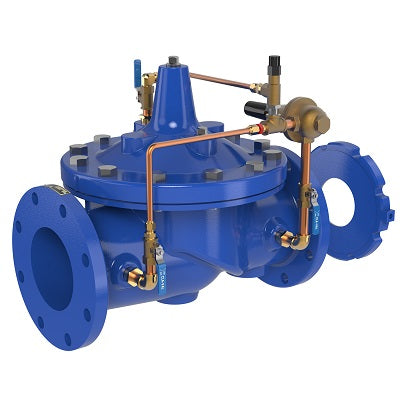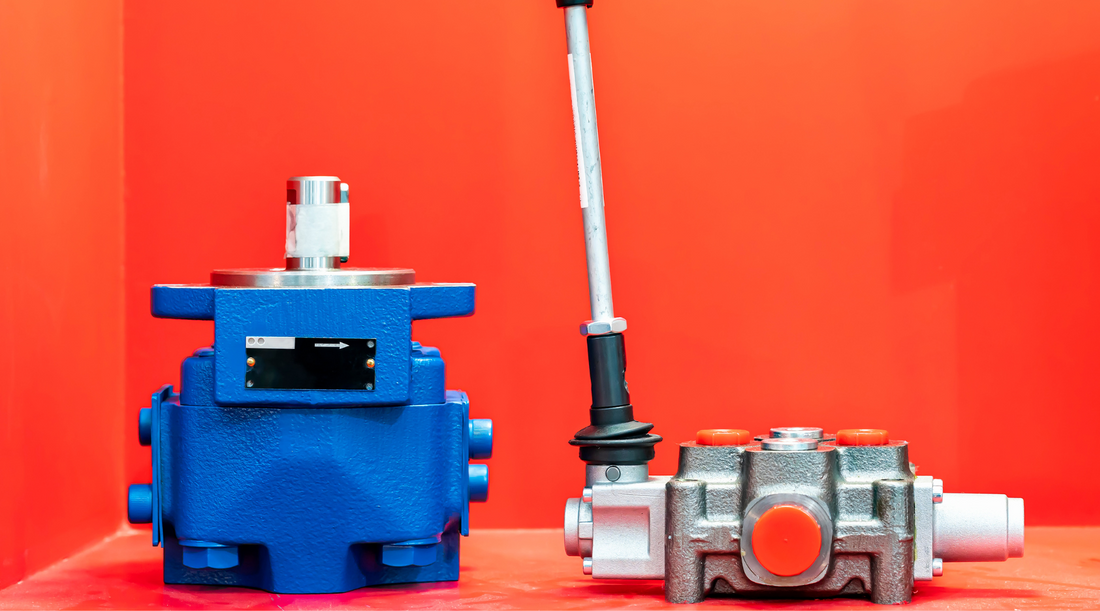How Control Valves Effect Energy Efficiency in Industrial Settings
How Control Valves Effect Energy Efficiency in Industrial Settings
Blog Article

Maximize Energy Savings and Comfort With Advanced Building Automation Controls
In the realm of contemporary style and center administration, the combination of innovative building automation controls stands as a pivotal advancement. The convergence of innovation and sustainability has birthed a new period where power performance, convenience optimization, and functional streamlining are no longer obtainable facts yet far-off ambitions. By using the power of automation, buildings can adapt, respond, and develop in methods that were once unthinkable. The possibility for significant power cost savings and enhanced convenience is not simply a guarantee however a possibility waiting to be met. This standard shift in structure administration holds the crucial to opening a world where environmental conscientiousness and resident health harmoniously coexist within the walls of our frameworks.
Energy Efficiency Benefits
Power effectiveness advantages can dramatically reduce power intake and operational expenses in structures. By executing energy-efficient techniques and modern technologies, structure owners and operators can attain substantial savings while likewise contributing to environmental sustainability. Among the key advantages of improving power efficiency in buildings is the reduction of energy bills. Energy-efficient systems, such as sophisticated building automation controls, can enhance using resources like home heating, air conditioning, and lights, resulting in lower power costs gradually.
Moreover, boosted power effectiveness can prolong the life-span of structure devices and systems. By operating much more efficiently, heating and cooling systems, light, and other structure elements experience less damage, leading to decreased maintenance and substitute costs. In addition, energy-efficient structures often regulate higher home worths and rental prices, giving long-lasting economic advantages to proprietors.
Additionally, power effectiveness can enhance owner comfort and productivity. Appropriately controlled interior settings with optimal illumination and thermal problems create an even more positive and conducive work space, causing boosted employee satisfaction and efficiency. In general, the energy performance advantages related to innovative building automation controls are multifaceted, including expense financial savings, ecological stewardship, and owner health.
Boosted Convenience Control
Enhancing comfort control in structure environments requires a sophisticated assimilation of sophisticated automation systems for optimal occupant health. By using advanced structure automation controls, centers can customize the indoor setting to satisfy the certain needs and choices of residents. control valves.
By incorporating these sophisticated controls, buildings can not just boost convenience but likewise improve energy effectiveness by maximizing system procedures based on actual tenancy and usage patterns. Ultimately, prioritizing resident comfort with sophisticated automation systems leads to an extra delightful and healthier interior setting.
Operational Performance Improvements

Furthermore, the implementation of real-time surveillance and analytics devices enables building operators to identify power ineffectiveness and operational anomalies quickly. By continually monitoring power use patterns and system efficiency metrics, adjustments can be made in real-time to maximize energy intake and make certain peak functional efficiency. control valves. In addition, incorporating need action methods into building automation controls can further improve operational performance by dynamically changing power usage based upon grid conditions and pricing signals
Indoor Climate Optimization
Reliable indoor climate optimization is a fundamental facet of building automation controls, making certain residents' convenience my website and well-being while taking full advantage of power financial savings. By using sophisticated sensors and controls, constructing automation systems can constantly readjust and check temperature level, moisture degrees, air quality, and ventilation to create an ideal interior setting. Keeping comfy and regular conditions not just enhances occupant satisfaction yet likewise enhances performance and overall health.
Interior environment optimization additionally plays a critical duty in power performance. By fine-tuning home heating, air conditioning, and air flow systems based upon real-time data and occupancy patterns, building automation controls can considerably reduce energy usage - control valves. As an example, executing strategies such as demand-controlled ventilation and thermal zoning can company website help decrease power waste while ensuring that each location of the structure gets the necessary conditioning.

Sustainable Setting Development
Building automation manages not only maximize indoor environment conditions for power effectiveness and occupant convenience but additionally lay the foundation for producing a sustainable setting with strategic administration of systems and resources. By incorporating sophisticated structure automation innovations, such as sensing units, actuators, and intelligent software application, centers can change and keep track of energy usage in real-time to decrease waste and lower their carbon footprint. These systems allow anticipating maintenance, determining potential problems prior to they rise and optimizing devices performance to boost longevity and effectiveness.
In addition, sustainable environment production expands beyond energy administration to incorporate water conservation, waste decrease, and interior air top quality improvement. Building automation controls can regulate water use, spot leaks, and make sure correct waste disposal techniques, adding to overall sustainability efforts. Furthermore, by managing and checking air flow and purification systems, these technologies boost passenger health and wellness and performance while lowering power consumption connected with cooling and heating procedures.
Verdict
To conclude, progressed building automation controls deal substantial advantages in regards to energy cost savings, comfort control, operational efficiency, interior climate optimization, and developing a lasting atmosphere. By carrying out these controls, buildings can achieve optimum efficiency while lowering imp source power usage and enhancing resident comfort. It is apparent that making use of innovative automation innovation is vital in boosting structure performance and creating an extra sustainable future.
Power performance benefits can substantially decrease power usage and operational prices in buildings. Overall, the power efficiency advantages connected with advanced structure automation controls are diverse, incorporating expense financial savings, ecological stewardship, and resident health.
In addition, integrating need response techniques right into structure automation controls can additionally enhance operational efficiency by dynamically changing energy usage based on grid conditions and rates signals.
Structure automation regulates not just optimize indoor environment conditions for energy efficiency and passenger convenience yet additionally lay the foundation for creating a lasting setting through tactical administration of systems and sources.In conclusion, advanced structure automation controls offer significant advantages in terms of power financial savings, comfort control, functional effectiveness, indoor climate optimization, and developing a sustainable setting.
Report this page